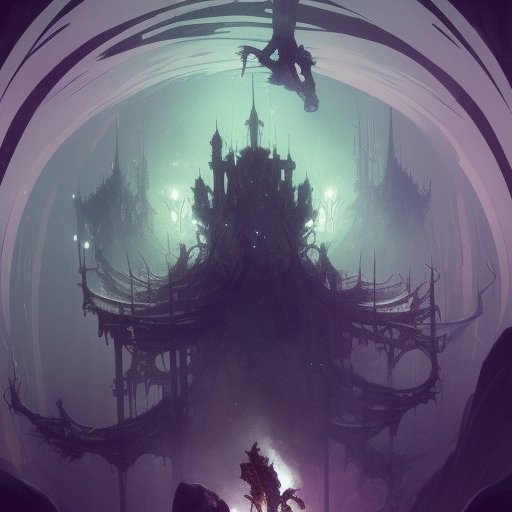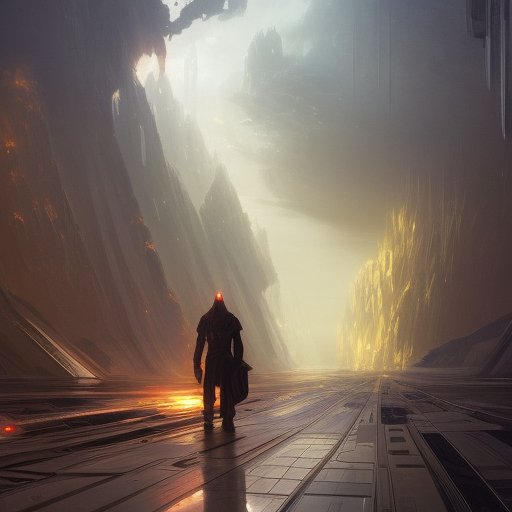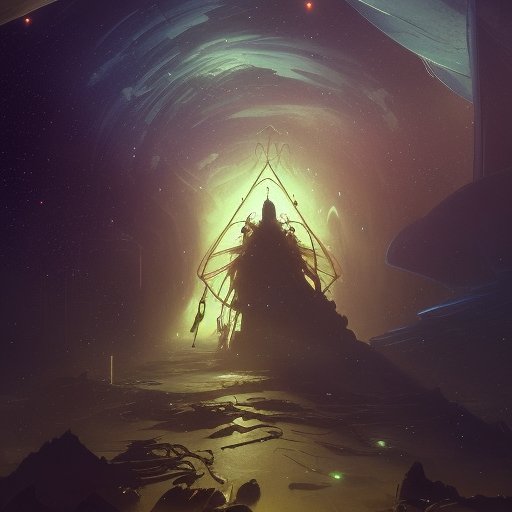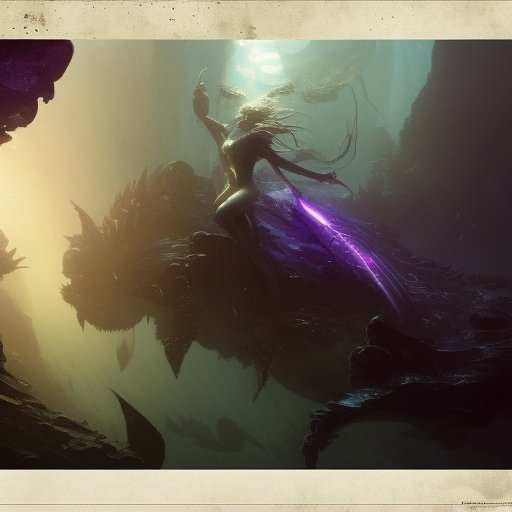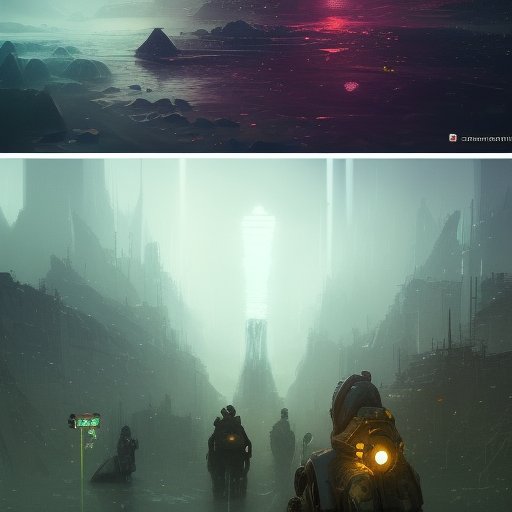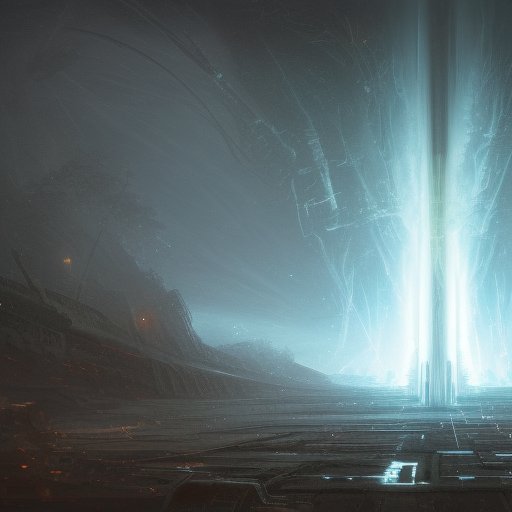
Enter a world where up is down and down is up. The concept of an upside-down universe is not only a staple of science fiction, but a legitimate theory in physics. Falling, the most basic form of movement, would take on a whole new meaning in such a universe, affecting everything from space travel to the human psyche. The societal implications of an upside-down universe, from power dynamics to perception, are vast and complex. The world of science fiction has long explored the unknown, and as science catches up, the possibilities for new subgenres and themes in literature only continue to expand.
I. Introduction
Can you fall right side up? It’s a question that has confounded philosophers, scientists, and science fiction writers alike for decades. What if the laws of physics were upended, and our current understanding of the world was turned on its head? The idea of an upside-down universe, where up is down and down is up, is not just a whimsical flight of fancy. In fact, it’s a real theory in physics, with implications that are both fascinating and terrifying.
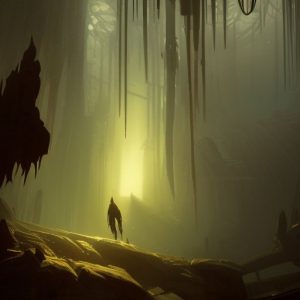
Every form of movement, from the basic act of falling to the most complex processes of space travel, would take on a whole new meaning in an upside-down universe. Society, culture, and power dynamics would be fundamentally altered. Our understanding of identity, consciousness, and perception would be tested in ways we can hardly imagine. As science fiction writers have long known, the unknown is full of potential for exploration and discovery.
From the darkest corners of cyberpunk and post-apocalyptic dystopias to the sprawling vistas of space opera and hard sci-fi epics, science fiction has explored every possibility of the unknown with intelligence, creativity, and an unquenchable thirst for adventure. As we venture into the dizzying possibilities of an upside-down universe, we follow in the footsteps of the greatest sci-fi pioneers of our time.
This article will delve into the concept of an upside-down universe, exploring its scientific basis, its consequences on the laws of physics, and its potential impact on society and culture. We will examine the philosophy and psychology of such a universe, and consider the role of science fiction in predicting and portraying its possibilities. As we venture deeper into the unknown, we will discover that the true potential of science fiction lies not in predicting the future, but in shaping it with our imagination and creativity.
II. The Upside-Down Universe
The idea of an upside-down universe might seem fantastical, but in the world of science, it’s a real theory. To understand it, we must delve into the mysteries of quantum mechanics and string theory. The laws of physics that we take for granted in our normal world are turned on their head in an upside-down universe. It’s a world where gravity doesn’t pull, but pushes, and where matter and antimatter interact in strange, unexpected ways.
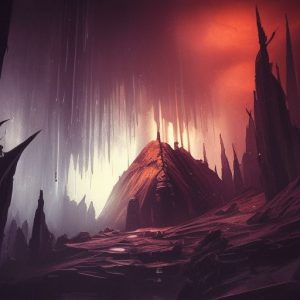
This upside-down reality has been theorized as a possible consequence of certain models in string theory. In these models, the universe has more than three spatial dimensions and the extra dimensions are “compactified,” or curled up, in a space so small that they are invisible to us. These extra dimensions can have different shapes, and the shape can determine how particles behave. In some cases, the shape can create an upside-down universe.
The implications of such a universe are staggering. The laws of physics that govern our universe, like the speed of light, the behavior of subatomic particles, and the very existence of mass, would all be different. The mechanics of motion, energy, and force would be fundamentally altered. We can only imagine the extraordinary technological advancements that would be required to survive and thrive in such a universe.
This theory of an upside-down universe is still in its early stages of exploration. The idea is both captivating and daunting, raising fascinating questions about the nature of reality and our place in the universe. From the pages of science fiction to the cutting-edge research of today’s physicists, the upside-down universe remains a compelling idea that challenges our perceptions and imaginations. As we continue to explore the unknown and push the boundaries of science, we may yet discover that the upside-down universe is not just science fiction, but a reality waiting to be unveiled.
III. Falling into the Unknown
Falling into the unknown: that’s what we’d be doing in an upside-down universe. The force of gravity would pull us in a completely new direction, causing us to plummet towards the sky instead of the ground. Imagine the sensation of falling upwards, as the very fundamental laws of physics are inverted. The consequences of gravity reversal would be profound, affecting everything from the way we move to the way we perceive the world around us.
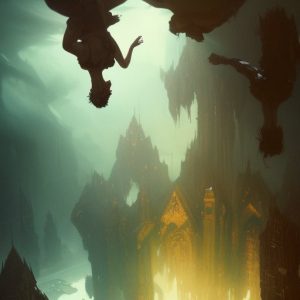
The rules of space travel would also be upended in an upside-down universe. Navigating the cosmos would be a whole new ballgame, as we struggle to adapt to the bizarre new reality of upside-down orbits and gravitational waves. Even simple tasks, like building and maintaining a space station, would become a monumental challenge. Floating through the void would take on a whole new meaning, as up and down lose their relative meaning.
Perhaps most intriguing is the impact that an upside-down universe would have on the human psyche. Our brains are wired to make sense of the world around us, to orient ourselves in space and time. But in a universe where up is down and down is up, how would our brains adapt? The very basics of our perception, from depth perception to spatial reasoning, would have to be radically reconfigured. The implications of such a shift are fascinating and terrifying, as we imagine a world where even the most basic sense of self could be called into question.
From a literary standpoint, the concept of an upside-down universe opens up endless possibilities for writers to explore. From epic space battles to intimate character studies, writers could delve into the complexities and implications of gravity reversal in unique and fascinating ways. As with all great science fiction, the key lies in taking readers beyond what they know and challenging them to think about the world in new and exciting ways.
IV. The Societal Shift
The consequences of an upside-down universe go beyond the realm of science and physics. Society and culture would experience a seismic shift in power dynamics and perception. Imagine a world where what was once up is now down, and where established hierarchies are turned on their heads. The concept of authority would be completely redefined.

In such a universe, the laws of physics would no longer be the only rules governing interactions between people and objects. The very foundations of human perception – orientation, balance, and gravity – would be thrown into disarray. It is likely that individuals would cling to familiar structures and institutions in such an unknown world, causing chaos and conflict to escalate.
Furthermore, the relationship between humans and their environment would change drastically in an upside-down universe. The current status quo of human domination over the natural environment could crumble. We would be forced to adapt to a new hierarchy, one in which the environment may have the upper hand. The impact on ethics and morality would be immense. The consequences of exploiting the environment could be as dramatic as they would be tragic.
In an upside-down universe, theories such as anarchism, ranging from individual freedom to mutual aid, would gain newfound prominence. Struggle, too, would take on a new connotation, with movements such as anti-authority and anti-establishment gaining popularity. Just as science fiction has always drawn inspiration from the world around it to create compelling narratives, so too will real-world change impact the ideas that future science fiction writers explore.
The definition of what it means to be human would also be subject to change. With our fundamental understanding of orientation and gravity challenged, it is possible that our sense of self and identity would be similarly transformed. Concepts such as culture, language, and tradition could be reevaluated. The relationship between humanity and spirituality could also be reimagined.
The societal shift of an upside-down universe may seem daunting, but it also presents opportunities for new ways of organizing and relating to one another. By exploring these possibilities, science fiction can offer necessary insight into the unknown, helping us deconstruct familiar paradigms and discover new ways of structuring society.
V. The Psyche and Existentialism
The implications of an upside-down universe go far beyond the realm of science and physics. Our understanding of identity, consciousness, and perception would be fundamentally challenged by such a reality. If the laws of physics were turned on their head, would our understanding of ourselves and our place in the universe also be turned upside down?

Of course, the psychological impact of an upside-down universe is as complex and varied as the human experience itself. At its core, an upside-down universe would challenge our assumptions about reality, forcing us to reexamine our beliefs and values in fundamental ways.
The question of whether we can fall right side up takes on a whole new dimension in such a universe, challenging our perception of up and down, and forcing us to confront the arbitrary nature of our definitions of these terms.
At the same time, an upside-down universe would also offer a unique opportunity to explore aspects of the human psyche that are often hidden or obscured by our current understanding of reality. The existential questions that arise from such a universe would force us to confront the nature of existence itself, and our place within it.
For science fiction writers, the psychological implications of an upside-down universe offer fertile ground for exploration and creative expression. From dystopias that challenge our assumptions about power, control, and conformity, to utopias that celebrate the infinite potential of the human spirit, science fiction has always drawn inspiration from the dark corners of the mind, blending science and philosophy in fascinating and often surprising ways.
Perhaps the most fascinating aspect of an upside-down universe is the way it forces us to confront our own limitations and biases. By allowing us to see the world from a completely different perspective, an upside-down universe challenges our assumptions about reality, inviting us to explore the true depths of the human experience in all its complexity and nuance. The possibilities are endless, and the journey promises to be nothing short of incredible.
VI. The Future of Science Fiction
The future of science fiction is limitless, just like the possibilities of an upside-down universe. As science continues to push boundaries, science fiction will continue to explore the unknown with daring imagination and wondrous creativity.

An upside-down universe opens up new sub-genres and themes in science fiction, from society and culture to identity and consciousness. Science fiction writers will be inspired to ask new questions and explore new possibilities, delving deeper into the mysteries of the unknown.
As the world becomes more complex, science fiction will continue to provide a lens through which we can interpret it. It has always been a commentary on the present, reflecting our anxieties and aspirations. In an upside-down universe, science fiction will play an even more vital role in shaping how we understand ourselves and the world around us.
We have already seen science fiction inspire real-world innovations, from the flip phone to the tablet computer. As an upside-down universe becomes more plausible, science fiction will undoubtedly inspire even more groundbreaking technologies and ideas.
Moreover, science fiction will continue to be vital in shaping how we approach the unknown. As the world becomes more complex, we need science fiction to help us navigate those complexities, to explore the moral and ethical implications of science, to ponder the question of what it means to be human.
In the end, science fiction is not just escapism, but a way to connect with the present and the future, to transcend the boundaries of space and time, to create new worlds and new possibilities. An upside-down universe is just one of the many frontiers that science fiction will help us explore, with daring imagination and boundless creativity.
VII. Conclusion
As we come to the end of our journey into the unknown, we are left with more questions than answers. The concept of an upside-down universe is a tantalizing one, full of infinite possibilities and terrifying consequences. As we have seen, the laws of physics and society would be upended in ways that challenge our very perception of reality.

But as science fiction writers have always known, the unknown is not to be feared, but embraced. It is through exploration, creativity, and imagination that we push the boundaries of what we know, and what we can achieve. Science fiction will continue to be a powerful tool for predicting, shaping, and understanding the future, and the concept of an upside-down universe is just the tip of the iceberg.
As we venture forward into the uncertain terrain of the future, we must remember that the power to shape it lies in our hands. Our creativity, our ingenuity, and our thirst for adventure are the tools we need to forge a path forward into the unknown. Whether we are exploring the cosmos or delving into the depths of the human psyche, the possibilities are limitless, if we have the courage to explore them.
So let us embrace the unknown with open hearts and minds. Let us push the boundaries of what we think is possible, and embrace the ever-expanding horizons of what we know. And let us remember that, no matter what the future holds, we are the masters of our own destiny, with the power to shape the universe in ways that are beyond our wildest dreams.
